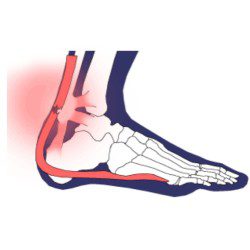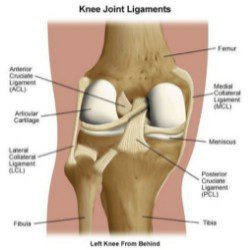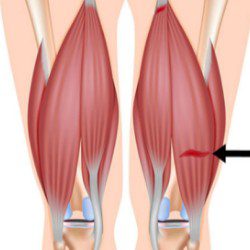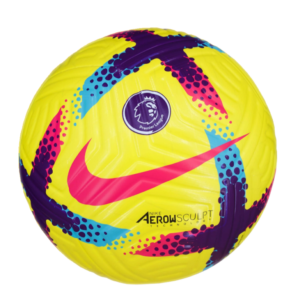
Muscle Strain
A muscle strain is an injury to a muscle or a tendon — the fibrous tissue that connects muscles to bones. Minor injuries may only overstretch a muscle or tendon, while more severe injuries may involve partial or complete tears in these tissues.
Why do muscle strains happen?
Most muscle strains happen for one of two reasons: either the muscle has been stretched beyond its limits or it has been forced to contract too strongly. In mild cases, only a few muscle fibers are stretched or torn, and the muscle remains intact and strong. In severe cases, however, the strained muscle may be torn and unable to function properly. To help simplify diagnosis and treatment, doctors often classify muscle strains into three grades, depending on the severity of muscle fiber damage:
- Grade I strain. In this mild strain, only a few muscle fibers are stretched or torn. Although the injured muscle is tender and painful, it has normal strength.
- Grade II strain. This is a moderate strain, with a greater number of injured fibers and more severe muscle pain and tenderness. There is also mild swelling, noticeable loss of strength and sometimes a bruise.
- Grade III strain. This strain tears the muscle all the way through, sometimes causing a “pop” sensation as the muscle rips into two separate pieces or shears away from its tendon. Grade III strains are serious injuries that cause complete loss of muscle function, as well as considerable pain, swelling, tenderness and discoloration. Because Grade III strains usually cause a sharp break in the normal outline of the muscle, there may be an obvious “dent” or “gap” under the skin where the ripped pieces of muscle have come apart.
What is the treatment for a muscle strain?
Nonsurgical, conservative treatment
Most muscle strains do not require surgery, and a full recovery is expected.
If there is a partial tear then the athlete can return when they are pain free and have normal strength and motion. This usually occurs following anywhere from a few weeks to a few months of appropriate treatment and therapy. When the muscle is completely ruptured, the athlete may benefit from surgical repair.
The majority of acute muscle injuries are partial thickness tears. These can most often be treated successfully with:
- the RICE protocol:
- rest
- ice
- compression
- elevation
- NSAIDs – nonsteroidal anti-inflammatory drugs (such as ibuprofen)
These treatments will be done for the first week, followed by progressive functional physical therapy, as needed.
Many athletes are able to return to their previous level of competition, but since scar tissue forms at the site of injury, they may be susceptible to another injury at that location.








